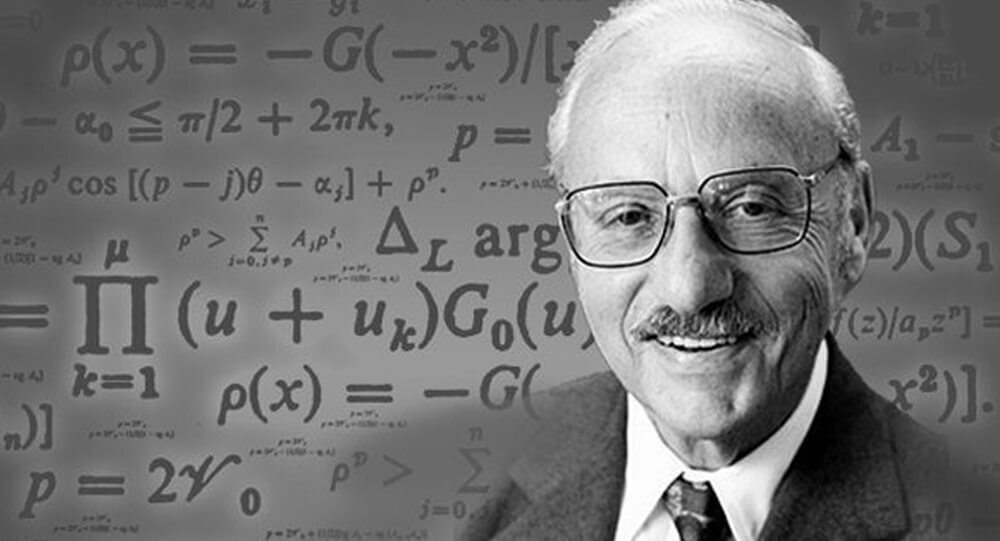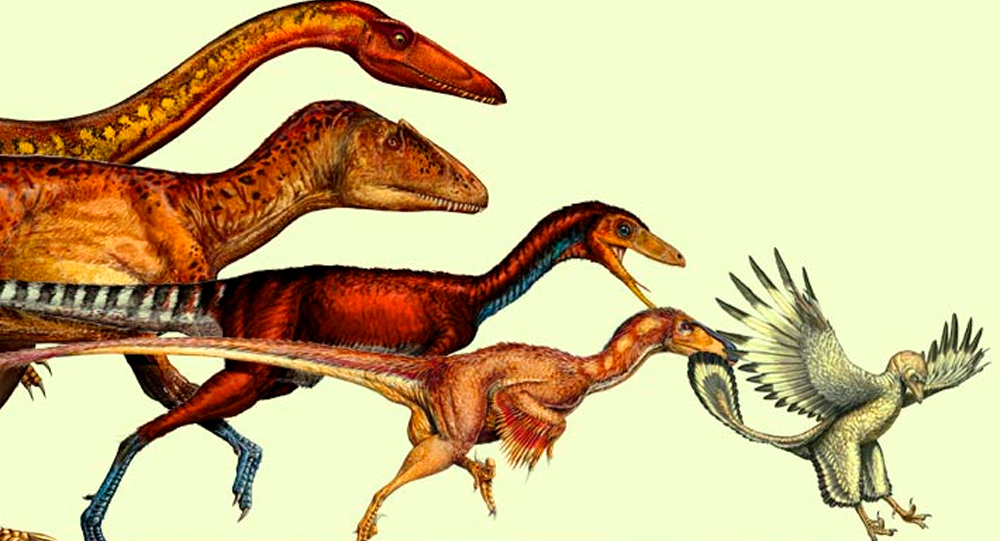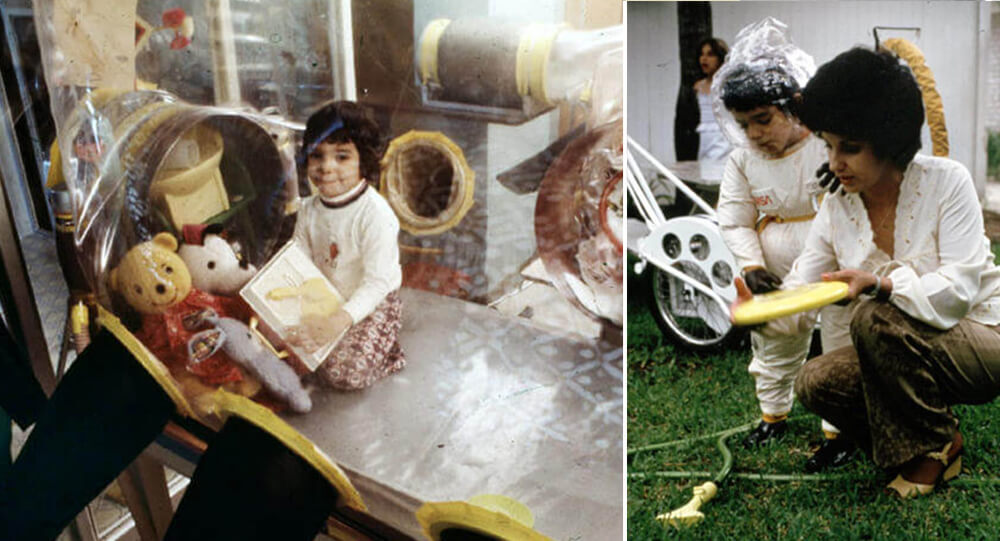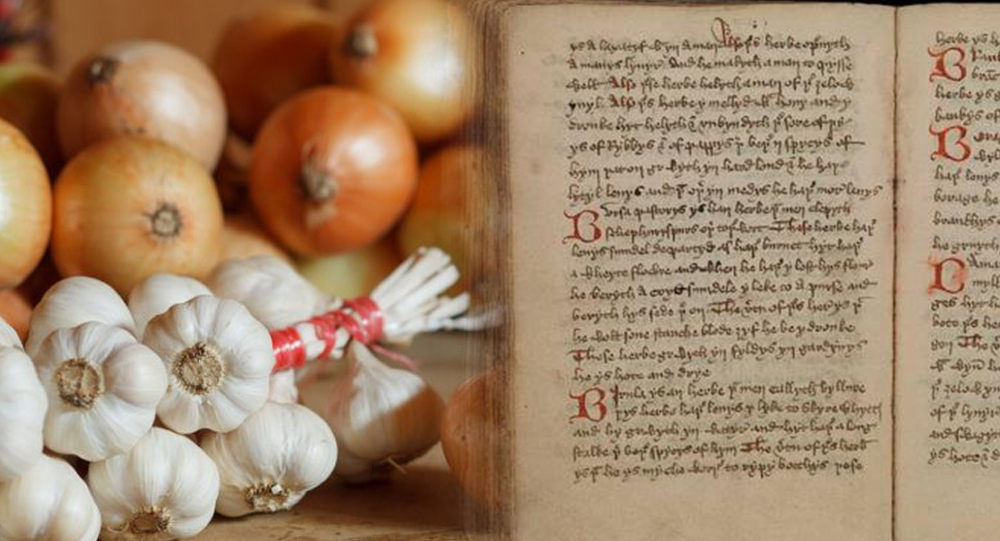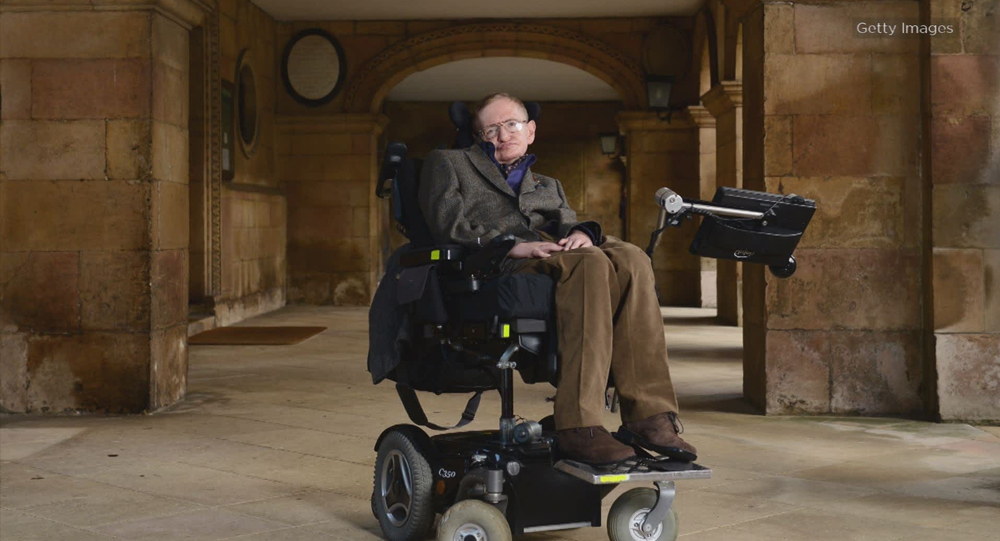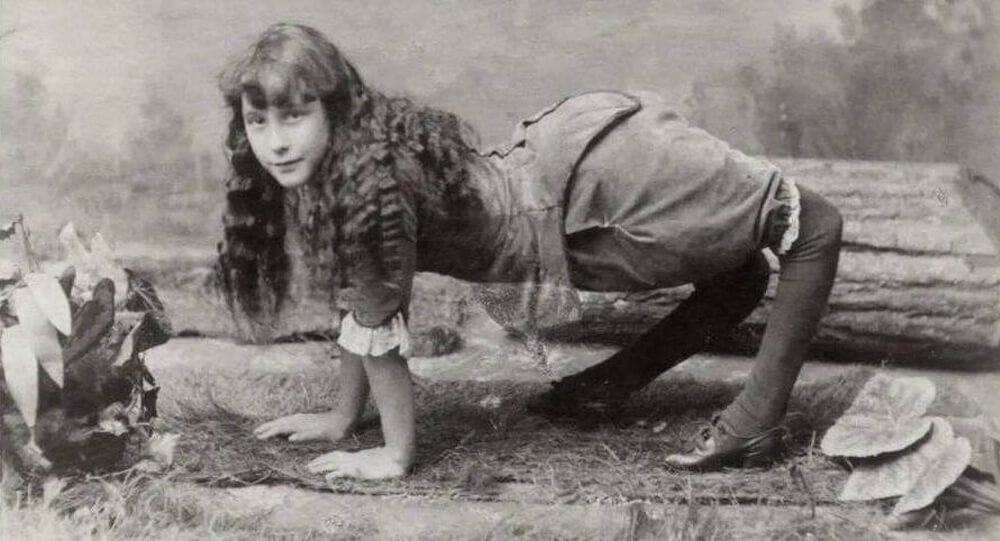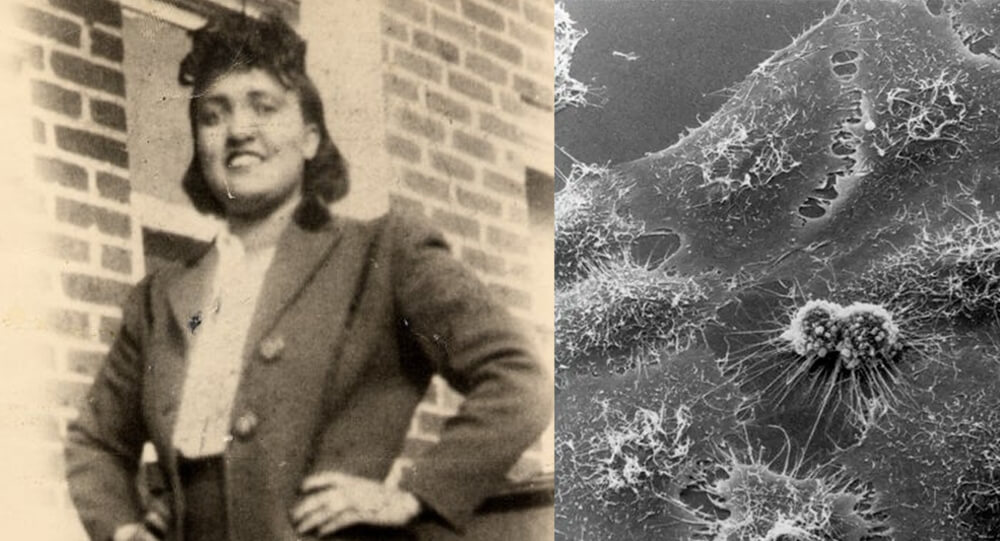
Time is a crucial component of our existence because it enables us to plan our days, schedule our activities, and make sense of the environment. But have you ever questioned why exactly 24 hours make up a day and 60 minutes make up an hour? With a fascinating past that spans thousands of years, the idea of time measurement has been influenced by several civilizations, astronomical events, and technical breakthroughs. In this article, we will examine the history of our timekeeping system and examine the rationale behind the division of time into hours and minutes. We aim to shed light on how these numerical divides became engrained in our communal perception of time by examining the evolution of time measurement.
Historical Origins: Tracing the Evolution of Hours and Minutes
Our ancestors struggled with keeping track of time even before cellphones had fancy digital clocks. A number of aspects of human existence, including agriculture, religious rites, and social order, prompted the necessity for timekeeping. Time measurement systems were first developed by ancient civilizations, who frequently relied on natural occurrences like the movement of the sun or the stars.
Early timekeeping devices included water clocks and hourglasses, which used the flow of water or sand to indicate the passage of hours, as well as sundials, which used the position of the sun’s shadow to determine time. Although crude, these techniques served as the basis for our contemporary timekeeping systems.

Astronomical Influence: The Earth’s Rotation and the Solar Day
We must gaze to the stars to comprehend why we have 24 hours in a day. The rotation of the Earth’s axis plays a significant role in how we define a day. The cycle of day and night is brought about by the Earth’s rotation, which takes it around 24 hours to complete one full rotation. The solar day, often known as this era, evolved into the primary unit of time measurement.
The ancient Babylonians, who were keen astronomers, had an influence on the division of the solar day into hours and minutes. Each of the 24 segments of the day was equal to one hour. Although choosing 24 might have seemed random, it was in keeping with their numbering system, which was built around the number 60. This numerical system paved the way for the subdivision of hours into minutes and minutes into seconds, as we know them today.
The Babylonian Legacy: Base-60 Number System and the Birth of Minutes
The Babylonians introduced the base-60 number system, which significantly improved time measurement despite the fact that the concept of hours was already well-established. The Sexagesimal system, an ancient system, had a considerable influence on timekeeping. The base-60 system was more practical for calculations and divisions than most current civilizations’ base-10 system.
The Babylonians split each hour into 60 minutes using a base-60 numeral system. With this division, time could be measured more precisely and the passage of time could be understood better. The minute, whose name comes from the Latin word “minuta,” which means “small,” became a crucial unit for keeping track of and planning daily tasks.

The Roman Influence: Introduction of the Mechanical Clock and Standardization
With the construction of the mechanical clock, the Romans significantly contributed to the advancement of timekeeping. These early clocks used mechanical movements to record the hours using water-driven mechanisms, making time measurement more accurate and consistent.
The requirement for time standardization became clear as the Roman Empire grew. The Romans devised a consistent system based on the 24-hour day and the 60-minute hour, as introduced by the Babylonians, to maintain synchronization throughout various territories. Better trade, communication, and synchronization of daily operations were all made possible by this standardization across the empire.
Modern Timekeeping: The Adoption of the 24-hour Day and the 60-minute Hour
The 24-hour day has been the norm for most countries in the contemporary period. The requirement for a more accurate and widely recognized timekeeping system served as the main reason for this transformation. The 24-hour day removes any ambiguity regarding morning and evening times, streamlines international communication, and helps with event planning on a worldwide scale.
The 60-minute hour concept provides a practical approach to divide time into reasonable chunks. Its base-60 compatibility also makes it simple to convert between hours, minutes, and seconds. However, due to its non-decimal structure, the 60-minute hour system can occasionally cause difficulty, particularly when converting and computing fractions of an hour. The 24-hour day and 60-minute hour that we follow today have a rich and convoluted history. Despite these difficulties, the 60-minute hour system remains profoundly engrained in our daily lives.
The idea of time has changed and adapted over millennia, from the early ancient civilizations who struggled with time measurement to the astronomical influences and technical developments that created our present system. It is good to be amazed at the intelligence and ingenuity of our ancestors who created such a precise and widely recognized system while we continue to navigate our daily lives within this framework. Take a moment to appreciate the amazing journey that led us to this accepted unit of time measurement the next time you check the time or set an alarm.

George Dantzig solved two famous “unsolved” problems in statistics mistakenly as assignment
In 1939, George Dantzig arrived late to his statistics class. On the board were two famous “unsolved” problems in statistics written as an example by his professor. Dantzig mistook the examples for homework assignments. He solved the “unsolved” problems and submitted the homework to his professor a few days later. His solutions earned him a doctorate.

The Evolution of Flight: From Dinosaurs to Birds – A Journey Through Time and Science
Flight is one of nature’s most remarkable adaptations, but its origins trace back millions of years before modern birds took to the skies. Emerging from theropod dinosaurs during the Jurassic period, birds evolved feathers, wings, and lightweight bodies that enabled powered flight. This detailed narrative explores the fascinating evolutionary path from ground-dwelling dinosaurs to the aerial masters of today, blending science, intriguing fossil finds, and surprising trivia about our feathered ancestors.

The touching story of David Vetter (bubble boy), the 'boy who lived in a bubble
David Vetter lived his whole 12 years in sterile “bubble”. He was “outside” for 20 second after being removed from his mother’s womb. He never touched any human.

Man discovers he has 3 kidneys after going to doctor for severe back pain
In 2020, a 38-year-old Brazilian man visited his doctor for severe back pain and was shocked to find out that he has three kidneys instead of just two.

Medieval Medicine: A 1,000-year-old onion and garlic salve kills modern bacterial superbugs
Scientists recreated an Anglo-Saxon manuscript-based 9th century onion and garlic eye remedy and discovered that it killed 90% of antibiotic-resistant staph bacteria (MRSA).

Stephen Hawking’s Warning: Humanity Has Less Than 200 Years to Escape Earth’s Limits
Stephen hawking says humanity won't survive without leaving earth. In fact, human beings may have less than 200 years to figure out how to escape our planet

The Heartbreaking Story Of Ella Harper, The ‘Camel Girl’
Ella Harper, Professionally known as the “Camel Girl” was born with a rare orthopedic condition that cased her knee to bend backward. Due to this condition, had to walked on all four legs, which resulted in her nickname as “Camel Girl”. Tough it was hard at first, but soon she made a fortune out of it.

Scientist injects himself with 3.5m yr old bacteria for immortality and amazing happens
Russian scientist injected himself with a 3.5 million-year-old strain of bacteria, just to see what would happen. According to Brouchkov, Bacillus F has a mechanism that has enabled it to survive for so long beneath the ice, and that the same mechanism could be used to extend human life, too.

Why Some Animals Can Regenerate Limbs and What Science Says About Human Possibilities
Certain animals possess the extraordinary ability to regenerate lost limbs, a process that has fascinated scientists and inspired hopes for human medical breakthroughs. From salamanders’ perfect limb regrowth to starfish’s incredible body regeneration, this article explores how and why these animals can perform such feats, the biological mechanisms underpinning regeneration, and what cutting-edge research means for the future of human limb regeneration.

Meteorite found in Sahara Desert older than the earth
This Sahara Desert Meteorite was discovered to be older than the earth itself. This Meteorite is estimated to be 4.6 billion years old, while earth is estimated to be 4.54 billion years old.

Henrietta Lacks: Who Was She? Here's how HeLa cells became necessary for medical research
Henrietta Lacks was died in 1951. The tumor that killed her has been alive and growing to this day. The tumor is immortal and was used to progress the Polio vaccine and is the jumping point for most human cell research to this day. Scientists have grown some 20 tons of her cells.

The Astonishing Case of Sanju Bhagat: Living with a Twin Inside Him for 36 Years
Sanju Bhagat, an Indian farmer, lived with an undiagnosed parasitic twin inside his abdomen for 36 years. In 1999, doctors discovered the twin during surgery. This rare condition, fetus in fetu, occurs when a malformed twin is absorbed during pregnancy, surviving within the host sibling's body.

Inspiring story of Jono Lancaster, Abandoned by His mother at birth for this 'defect' on his face
When Jono Lancaster was just 36 hours old, his parents left him for adoption because he was suffering from Treachers Collins Syndrome, a genetic disorder which hampers facial bones development. Now he is an inspirational speaker, a professional model and a teacher, giving inspiration to millions

Dr. Donald Hopkins: From Smallpox Eradication to Near-Ending Guinea Worm Disease
Dr. Donald Hopkins helped eradicate Smallpox, and is on the verge of killing another disease. He's taken Guinea Worm Disease down from 3.5 million cases a year to just 28 cases last year.

Man gave his stem cell fund to a disabled boy
Dan Black, who was paralyzed in a bike accident, spent four years raising 20,000 for a stem cell treatment that could let him walk again. However, after learning about a five-year-old boy with cerebral palsy, he donated the funds for the boy's medical treatment in order to enable him to take his first steps.

India's chandrayaan-3 becomes the first landed craft on moon's south pole
India's chandrayaan-3 becomes the first land craft on moon's south pole. It landed safely on August 2023

The story of Lionel the Lion-Faced Man, Stephan Bibrowski
Stephen Bibrowski, also known as Lionel the Lion-faced Man, was a well-known sideshow entertainer. His entire body was covered in long hair, giving him the appearance of a lion; this was most likely due to a rare condition known as hypertrichosis. Lionel traveled to the United States in 1901 and began performing with the Barnum and Bailey Circus.

Mystery of 300-year-old mummified mermaid is being probed
There is a 300-year-old mummified mermaid with 30 centimetres tall and features a human-like head, two hands with what appear to be fingernails, and its lower body that look like a fish tail. The “mermaid mummy” is being probed by Japanese scientists in an attempt to unravel the mystery of its existence.

The extraordinary case of Olivia Farnsworth, who hit by a car and dragged down the street without pain because of chromosome 6 deletion
In 2016, 7-year-old Olivia Farnsworth was hit by a car and dragged down the street, but she did not feel a thing. That is because of a rare condition called “chromosome 6 deletion,” which causes her to feel no pain. She also does not experience hunger or exhaustion.

The Accidental Birth of Super Glue: Dr. Harry Coover's WWII Discovery
Dr. Harry Coover was trying to develop clear plastic for gun sights during WWII when he accidentally created cyanoacrylate, an extremely strong adhesive. Initially dismissed, it was later marketed as Super Glue in the 1950s.

For the First Time in 60 Years, Scientists Discover a 'Lost' Echidna Species
An expedition team in Indonesia discovered the elusive, egg-laying animal (Echidna) named after David Attenborough, which had not been seen since 1961.

Woman's memory reset every two hours after traumatic accident
Riley Horner, an Illinois teenager was accidentally kicked in the head. As a result of the injury, her memory resets every two hours, and she wakes up thinking every day is June 11. Riley keeps detailed notes of events happening throughout the day, and sets an alarm on her phone every two hours to remind her to review them. Riley also keeps a calendar in her room to remind her what day it is? As she wakes up every morning confused, thinking it's still June 11.

The Science Behind Pigeons in Cancer Detection and What It Means for Medicine
In a groundbreaking study, researchers have discovered that pigeons can be trained to distinguish between cancerous and non-cancerous tissues in medical images with accuracy rivaling that of human experts. This surprising capability opens new avenues for understanding visual perception and has potential implications for improving diagnostic tools in medicine. Here is the fascinating science behind pigeons’ ability to spot cancer and what it signifies for the future of medical imaging.

Ocean Atlas: Exploring the World’s Largest Underwater Sculpture in the Bahamas
On the western coast of New Providence in Nassau, Bahamas, there is a tourist attraction that you can dive down to see. Called Ocean Atlas, this is the largest single underwater sculpture ever installed. It depicts a local Bahamian girl carrying the weight of the ocean, in reference to the Ancient Greek myth of Atlas holding up the heavens.

This Yogi Spent 76 Years Without Eating or Drinking Anything and Confirmed by
Prahlad Jani, the starving monk who lived 76 Years without food and water.
